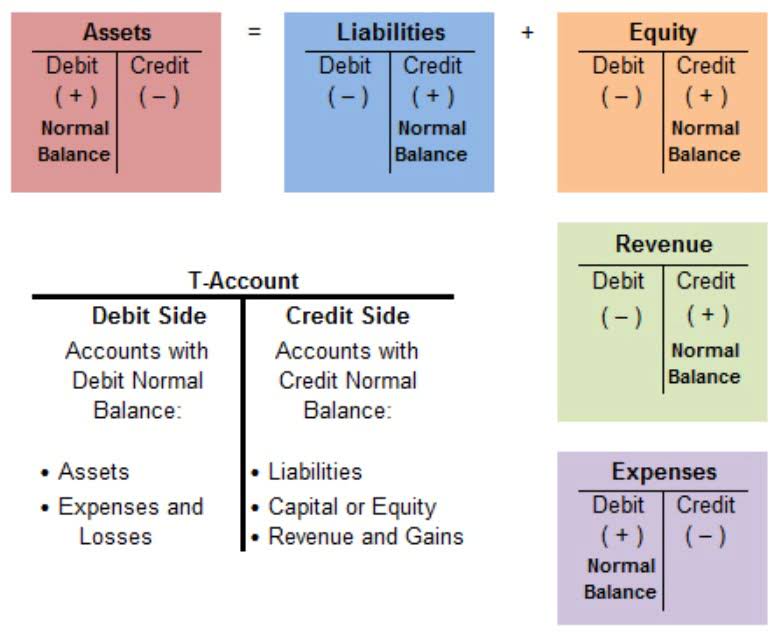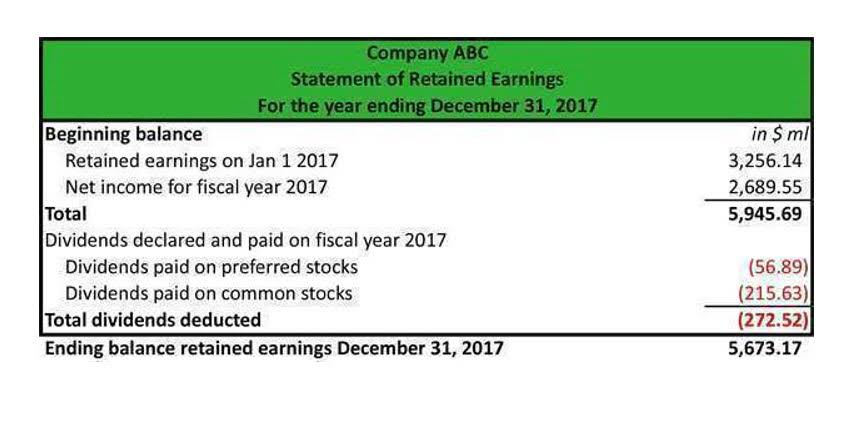You can also make this calculation by hand using the PE Ratio formula below. Remember that companies with negative earnings don’t have a PE ratio. Some biotechnology companies, for example, may be working on a new drug that will become a huge hit and very valuable in the near future. But for now, that company may have little or no revenue and high expenses.
Calculation Example
Forward P/E is based on future projections of a company’s growth provided by the management team. Forward P/E is usually calculated by dividing the current share price by the estimated following fiscal or calendar year of EPS. This can be useful because past performance doesn’t always predict future results with great accuracy.
Industry-Specific Considerations
This is a valuation metric called the PEG ratio (Price/Earnings to Growth). That’s because price-to-earnings isn’t a good way to value all the different types of stocks. It uses the inflation-adjusted moving average EPS over the past ten years to calculate the ratio. On the other hand, if the forward PE ratio is higher than the trailing PE ratio, then it may suggest that earnings are expected to decline. The PE ratio is often referred to as the “earnings multiple” or simply “the multiple.” You can write it as either PE or P/E. In the next step, one input for calculating the P/E ratio is diluted EPS, which we’ll compute by dividing net income in both periods (i.e. LTM and NTM basis) by the diluted share count.
What is a good ROE ratio?
As you can see, when they were posting losses every quarter, there was no way to calculate a P/E ratio. When they became profitable, their P/E ratio was immediately sky-high, at 512. general business corporation tax forms current year That was because earnings were still small but the stock price was already $72/share. People may also refer to P/E ratio as the earnings multiple or price multiple.
P/E ratio formula and calculation
Spread bets and CFDs are complex instruments and come with a high risk of losing money rapidly due to leverage. 71% of retail investor accounts lose money when trading spread bets and CFDs with this provider. You should consider whether you understand how spread bets and CFDs work and whether you can afford to take the high risk of losing your money. Investors can use the P/E ratio to determine if a stock is over or undervalued compared to its earnings, helping them make buy or sell decisions.
Impact of leverage on ROE results
Excessively high P/E ratios can sometimes indicate that a stock is overbought, meaning investors buy shares despite the company not increasing its earnings. Some stocks can have high P/E ratios compared to their industry’s historical average and still see share price appreciation for many years. This usually happens when the market believes a company will be more profitable in the future, although it sometimes can be a sign of a speculative bubble forming as well. This means that investors are willing to pay $10 for every dollar of earnings that the company generates. On the other hand, tech startups might have extraordinarily high P/E ratios due to the expected future growth despite having little current earnings. For example, a startup with a stock price of £100 and earnings per share of £1 might have a P/E ratio of 100.
- If you want to know whether a particular P/E ratio number is low or high, you need to look at the industry to which the firm belongs.
- That said, there are many variations, alternatives, and factors that must be taken into consideration when interpreting this ratio and using it to evaluate a stock.
- It uses the inflation-adjusted moving average EPS over the past ten years to calculate the ratio.
- It is calculated by dividing “Market Value per Share (P)” to “Earnings per Share (EPS)”.
- While P/E is a simple metric to calculate, analyzing a P/E ratio can be difficult.
The trailing P/E ratio gives you their valuation of price relative to past earnings. The Shiller PE is calculated by dividing the price by the average earnings over the past ten years, adjusted for inflation. The Shiller PE of the S&P 500 currently stands at just over 30 (as of early August 2020). The answer is that investments based on low PE ratios are not always profitable, but for certain stocks they might indeed have a track record of success according to our backtest research. Instead of dividing the current stock price by an estimate of the next twelve months’ earnings, you divide the stock price by the actual EPS of the previous twelve months.
High debt levels can pose significant risks to the company’s financial health, making the P/E ratio alone insufficient for comprehensive analysis. For example, if a company’s share price is £50 and its EPS is £5, then the P/E ratio would be £50 / £5, which equals 10. This means investors are willing to pay £10 for every £1 of current earnings. For instance, a high P/E ratio might seem off-putting, but if the company has a high growth rate, its PEG ratio may still indicate that the stock is fairly priced. The PEG ratio is especially useful for evaluating fast-growing sectors like technology, where high P/E ratios are common. For example, if a company in the tech sector has a P/E ratio of 50 while the average for the sector is 25, it could be overvalued unless it has extraordinary growth potential.
- According to formula, a stock with P/E ratio of 10 and current EPS of $2.50 would be selling for $20 per share.
- In an era where mathematical gymnastics are a regular part of corporate accounting, I believe this is helpful.
- The most well known example of this approach is the Shiller P/E ratio, also known as the CAP/E ratio (cyclically adjusted price earnings ratio).
- This article will explain what a PE ratio is and how investors might be able to benefit from using it.
- It is better to use it in conjunction with other ratios and measures.
- If a company reports negative earnings, its P/E ratio becomes negative or undefined.
It limits the ability of the metrics to provide a true picture in the case of many companies. The most obvious and widely discussed problem in P/E ratio is that the denominator considers non cash items. Earnings figure can easily be manipulated by playing with non cash items, for example, depreciation or amortization. If it is not manipulated deliberately, reconciliation crossword clue earnings figure is still affected by non cash items. That is why a large number of investors are now using “Price/Cash Flow Ratio” which removes non cash items and considers cash items only. Imagine you’re at a farmer’s market, and someone is selling apple trees.
Equity Outlook: The ride just got rougher
It is not always right as this may be due to the stock market assumes that the company is headed over several issues or the company itself has warned a low earnings than expected. The average P/E ratio is normally from 12 to 15 however it depends on market and economic conditions. P/E ratio indicates what amount an investor is paying against every dollar of earnings.
This is why investors must also assess the company’s financial leverage to ensure the high ROE is sustainable. The P/B ratio is a useful valuation tool that helps in understanding how many times a stock is trading over and above a company’s book value. That said, only looking at the P/B ratio of a stock will never give you a complete picture. We can find the current market price of stocks easily from exchanges or any other financial websites. The earnings growth of U.S. stock market the pros and cons of starting a bookkeeping business sectors has varied significantly over the past few years, with some industries experiencing explosive gains while others have faced stagnation or decline.
For example, companies that have positive EPS can have negative free cash flow, meaning that they are spending more money than they earn despite being “profitable” based on accounting earnings. Also, many companies that are growing fast like to reinvest all of their earnings to fuel further growth. These stocks can be great investments, even if the PE ratio is negative.



